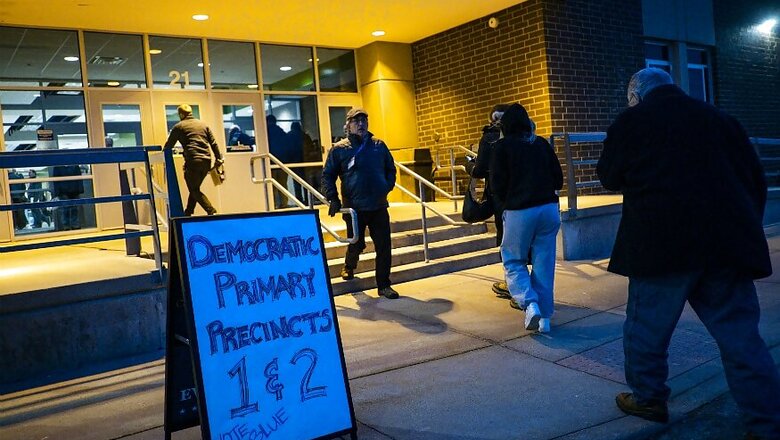
views
An untested technology, novel reporting requirements, nearly a dozen competitors to tally across 1,600 precincts — what could go wrong? As the Iowa Democratic Party discovered Monday night, nearly everything.
A faulty smartphone app was at the center of a chaotic caucus night in Iowa, but technical glitches were not the only reasons behind a major delay in results from the state’s first-in-the-nation presidential contest. Here’s a look at all the problems.
The app was new and relatively untested
The Iowa Democratic Party commissioned Shadow Inc., a for-profit technology company, to build an app in less than two months to help report results from around the state.
The short development timeline for the app and lack of rigorous vetting may have rendered it more vulnerable to problems with its code. It was not tested statewide before the votes.
State party officials and experts stressed that there was no sign of a hack or other cybersecurity issues, though they did not yet know what caused the app to malfunction.
Volunteers were unfamiliar with the new system
Training on how to use the app was available before the caucuses.
Not everyone took advantage of it, leaving the process unfamiliar to many caucus chairs on caucus night. Users reported trouble downloading the app, which was not available on either the Apple or Android app stores and required a cumbersome installation process.
The app did not work for everyone
Some caucus chairs were able to successfully use the app to record and transmit their precincts’ results, but problems were common.
Some people faced errors when logging in and connectivity issues or difficulty using the app. Many caucus chairs chose to not use the app at all, opting to call in their results to a central hotline instead.
Submitting results was more complicated than usual
This is the first time in caucus history that chairs had to report alignment counts along with delegate totals. They recorded the counts both in the app and on paper worksheets.
The increase in reporting detail may have taken chairs more time to record.
Because there is a paper ballot backup, the party will be able to accurately count the votes.
The app data did not transmit properly
Chairs were supposed to use the app to transmit results and a photo of their worksheets to party officials, who would calculate the final results.
As results rolled in, officials reported a high error rate in the transmitted data and struggled to identify the source of the problem. Chairs were told to email photos of the worksheets instead.
Backup phone lines were jammed
Chairs who recognized problems with the app or opted not to use it called party headquarters to submit results via phone.
Too few staffers were available to answer phones. Caucus chairs reported being on hold for hours.
Reporting and transcribing multiple data points over the phone caused delays. Some callers had to try several times before their results were recorded. Others gave up and went to bed, opting to try again in the morning.
The party must count votes by hand
Officials said they would rely on paper records to validate the results.
Collecting the worksheets and other records from hundreds of precincts in the state and counting them by hand will take time, though party officials began to release results Tuesday afternoon.
Despite the chaos, the caucus chairs maintained a robust paper trail, and party officials said Tuesday that they would deliver complete results as soon as possible.




















Comments
0 comment